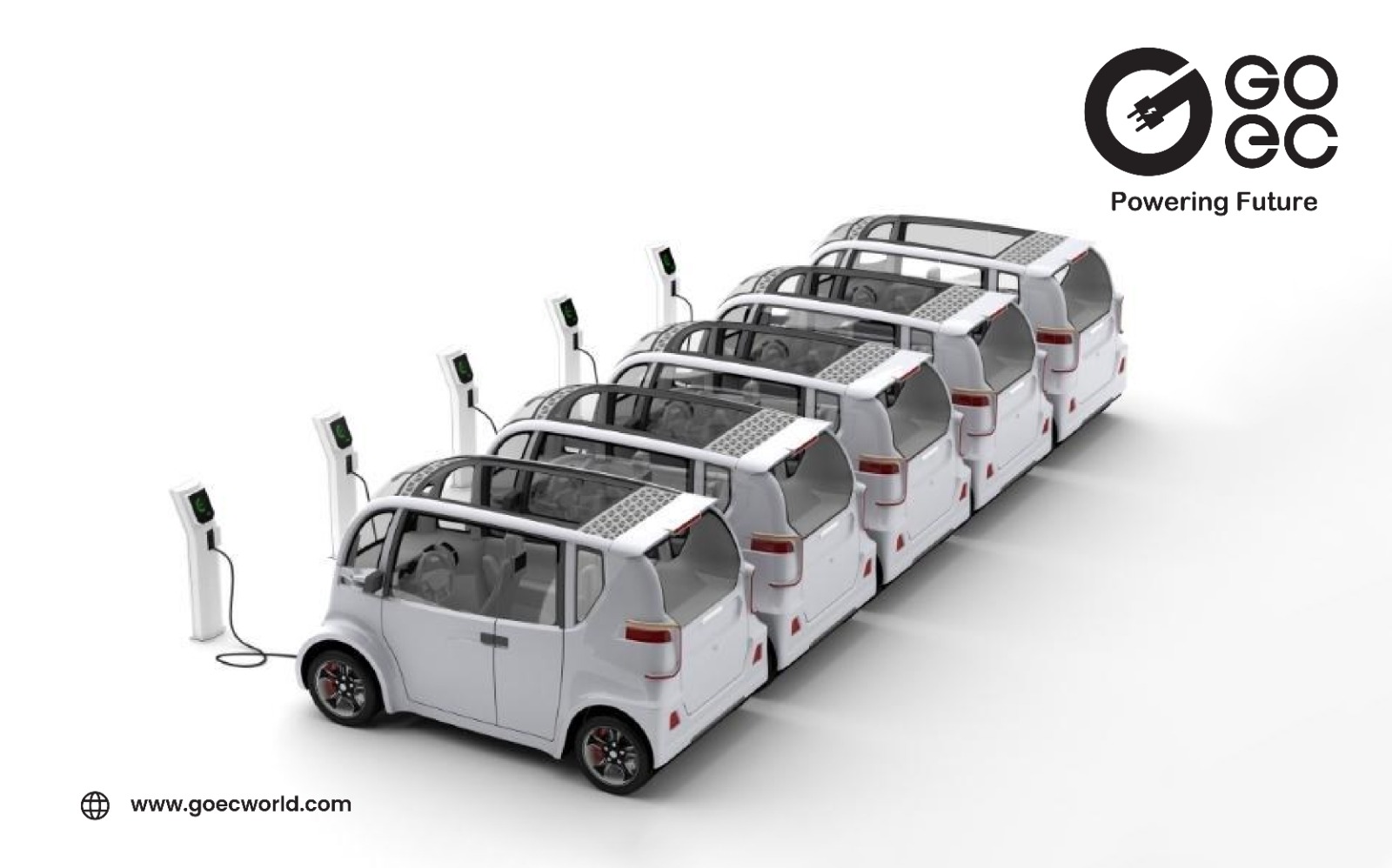The Indian EV market is one of the fastest-growing EV markets in the world. Two-wheelers and four-wheelers are not the only EVs that are promoting growth. For the past few years, we have noticed that the number of electric autos or e-rikshaws on Indian roads has increased rapidly. As more people are thinking about climate change, and air pollution and wanting to contribute to a sustainable environment, the adoption rate of EVs is increasing day by day. With technology advancements, EVs are becoming more efficient with better battery technology and thus the cost of EVs is also decreasing. Electric rickshaws are also having the same story.
This growth is also fueled by India promoting the adoption by giving incentives and setting targets like 30% EV sales by 2030. The future is bright for EVs in India, by understanding this companies are investing huge amounts in research and technology advances to make their EV better for the users.
Effect On the EV Market
The surge in the demand for sustainable and eco-friendly transportation in recent years was huge. This resulted in the growth of the electric rickshaw market in India. For electric rickshaws, the government is providing various incentives and subsidies as a part of the EV promotions. Along with that, the government is also trying to create more environmental awareness among the people to increase EV adoption.
It is projected that the market size is between INR 1,500 and 2,000 crore, or roughly USD 200 and $250 million. From 2023 to 2028, the growth rate is projected to increase at a CAGR of 10% to 15%. Through the FAME (Faster Adoption and Manufacturing of Electric Vehicles) programme, the government encourages e-rickshaw adoption by offering financial incentives.
As a result of these, the number of Electric rickshaws is growing, especially in metro cities and smaller towns. The transformation is easily noticeable, the roads where everyone used to choose conventional rickshaws are now replaced with e-Rickshaws. This is also because of the affordability of e-Rickshaws compared to the traditional gasoline autos.
L5 Electric Auto
Gasoline autos are getting replaced with the L5 Electric Auto. L5 Electric Autos are creating a wave in the Indian EV market. Because of more people supporting EV vehicles, the demand for L5 electric vehicles is increasing. We can say that there will be a huge shift in the number of L5 electric vehicles. The government is promoting the growth by providing incentives and subsidies while the key players of the industry like Mahindra, Piaggio, TVS, E-Fill Electric, and Euler pioneering the growth by manufacturing the best technologically advanced EVs.
Government incentives such as FAME II and regional subsidies are actively promoting adoption, providing consumers with advantages like lower operational costs and reduced emissions. While continued efforts are put into the EV charging infrastructure of India, it also promotes the e-rickshaw adoption rate of the country.
Currently, the market share for L5 electric three-wheelers may not look so big, but the growth rate is higher and it’s increasing. Projections indicate that the market size will soar to US$ 2,156 Million by 2028, showcasing an impressive Compound Annual Growth Rate (CAGR) of 15.8% from 2023 to 2028. The future appears promising for L5 three-wheeler electric autos in India.
Why Lithium Batteries?
A huge transformation is currently happening in the Indian EV industry. The industry is saying goodbye to the old lead-acid batteries and adopting the lithium batteries. Batteries play an important role when it comes to EVs. In major cities of India, the change is happening quickly with the support of government initiatives and also the demand of users for better range, efficiency and performance. Lithium batteries stand out as a top choice for electric vehicles, thanks to their impressive energy density, longer lifespan, and quicker charging capabilities.
The increasing competition among the manufacturers to make their EVs the best in the market is also resulting in the growth of the EV market in India. As the competition continues EVs with better technologies and battery efficiency are getting introduced to the users. This resulted in the increased use of lithium batteries in India and now Lithium batteries are becoming the new standard for electric autos in India.
Utilities, logistics & fleet operating companies are leading the way in the early adoption of electric vehicles for several reasons. One key factor is the extensive utilization and data-driven approach facilitated by telematics technology, allowing real-time monitoring and tracking of vehicles. With insights into driving behaviours, route optimisation and battery performance, fleet operators can optimise their operations to improve efficiency. Furthermore, telematics facilitates remote diagnostics and predictive maintenance, effectively minimizing downtime and enhancing the overall reliability of electric three-wheelers.
Looking forward, India is likely to see more electric vehicles (EVs) being used by people and in public transportation. As things progress, we can expect to find EVs that are not only more affordable but also work better. There will be more places to charge these vehicles, and new ways of using them, like subscription services and more.
Without any doubt, we can say that electric rickshaws are going to make a big difference in India in the coming years. With more people wanting to contribute to a greener future, we can hope that e-rickshaws will be the first choice for the public in future.
For all of this to happen, everyone – the government, businesses, and regular people – needs to work together. If we all pull in the same direction, India could become a leader in the global EV market. This change is not just about money; it’s also about taking care of our environment and making society better.
